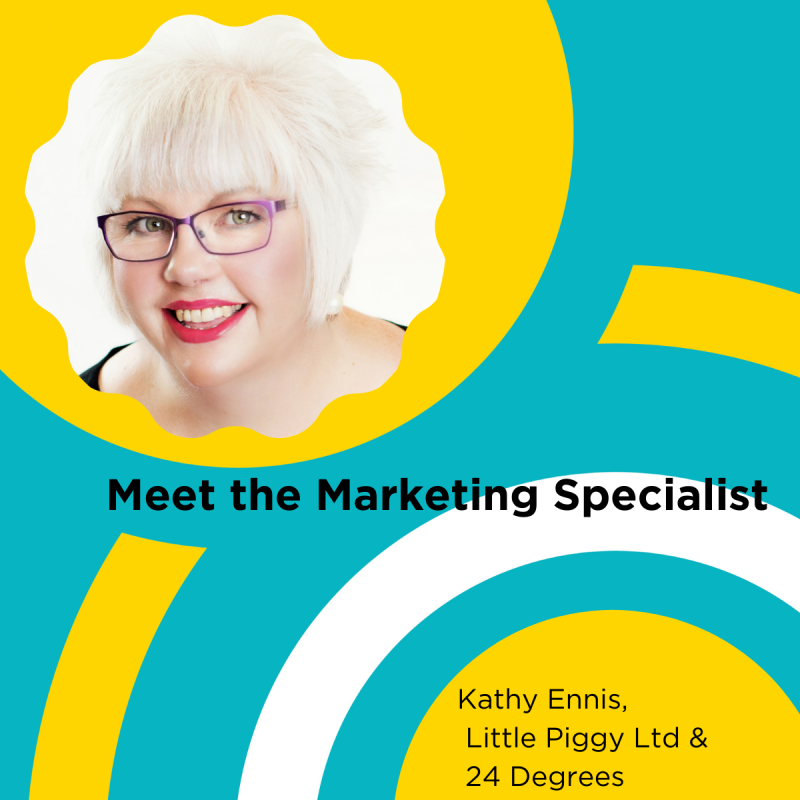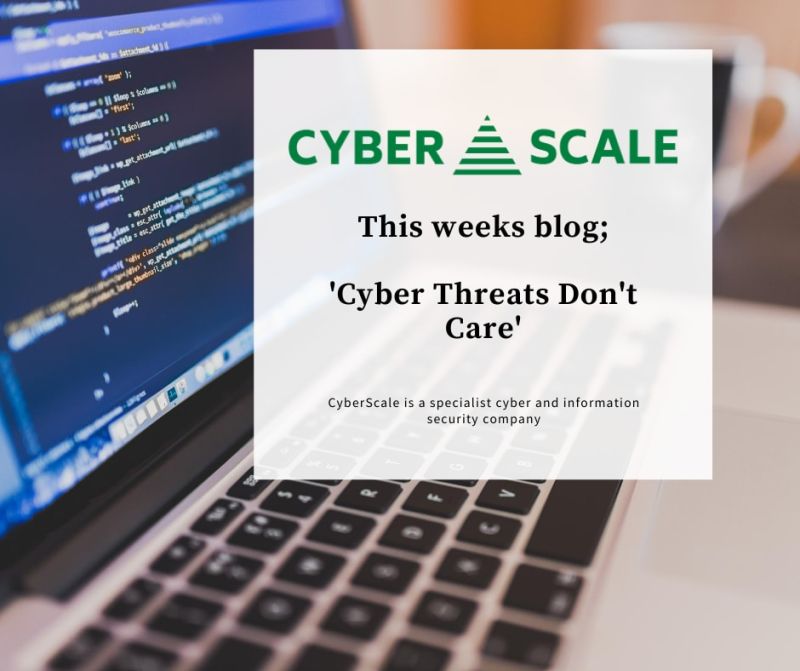Build your business: how to attract new customers
NatWest Business Builder: Customer Segments

Business success depends on your ability to reach out and hold on to new customers. Here, four experienced entrepreneurs discuss how their approach to attracting new clients has evolved.
No matter how well run your company is or how impressive your products or services are, your business will only be successful if it can manage to attract and retain customers.
For new enterprises in particular, identifying a target market and developing a strategy to reach people in that market are two of the most important elements to consider.
Social media and digital marketing have made it far cheaper and more straightforward to promote what your business has to offer while also focusing on specific demographics, for example. But an online-only approach isn’t necessarily the right choice for every company.
We spoke to a number of entrepreneurs to find out how they go about attracting new customers and making their businesses stand out from the crowd.
The value of the personal approach
Entrepreneurs shouldn’t overlook the importance of the human touch, says Claire Gamble, managing director of Unhooked Communications, a Manchester PR agency.
“In a digital world, the power of face-to-face interactions can be really effective when it comes to winning new business – especially if you run a service-based business,” she says. “And I don’t just mean attend some networking groups and hope to meet someone who you’ll work with in the future – think bigger than that.”
Gamble’s approach involves Unhooked organising its own events – from panel discussions and workshops to purely social functions – aimed at people who work in the marketing and creative industries. “Since January we’ve organised several events on topics such as influencer marketing, women in business and GDPR for marketers, which have attracted hundreds of attendees who are relevant to our business somehow.
“These events serve so many purposes – they get us in front of prospective clients, introduce us to other marketers who we can collaborate with, generate great content we can use in our marketing and PR, and help us improve our knowledge of current hot topics. We’re only halfway through the year and we’ve already secured three new clients and several projects as a result of the events that we’ve organised.”
Gamble says the events are promoted to attract specific target audiences or relevant businesses. “The beauty of these events is that you get to meet people who aren’t in your network yet, which is really valuable – especially if you’re a new business or looking to expand into new sectors or regions.”
Know your customer
For James Woodall, co-founder and chief technology officer of Intoware – a business that develops software for wearable devices – there’s “no magic bullet solution” when it comes to finding new customers.
But ensuring sales staff understand the businesses and sectors they’re selling to is crucial. “We make sure our salespeople are experts in the industries we’re targeting,” Woodall says. “Of course, this means they understand particular nuances and speak the right language. But more importantly, it means they absolutely know where the inefficiencies and real headaches are, which a generalist wouldn’t.”
“In a digital world, the power of face-to-face interactions can be really effective when it comes to winning new business”
Claire Gamble, managing director, Unhooked Communications
He adds: “Being able to target the specific pain points has worked well for us. Automotive businesses have different issues to manufacturers, who use different processes to those in aerospace. Being able to tailor our approach so we understand them and, more importantly, they understand us, has been key.”
The way Intoware pitches to potential customers has also evolved over time, Woodall adds. “It’s not about our product solving all a business’s problems – customers simply don’t buy that – but it’s about identifying one big problem and giving them a solution to address it.”
Stand out from the crowd
Nathan Cable is co-founder of Party Hard Travel, a package holiday business aimed at “a niche audience” of people aged roughly between 18 and 23.
“That has a huge impact on our marketing,” he says. “You can’t just put an ad on the radio as our audience are more likely to be listening to music on Spotify. And we wouldn’t spend on a huge outdoor advertising campaign as the majority of people walking past it wouldn’t be in the right age range. So when it comes to attracting new customers, we’ve had to think more creatively.”
For the 2018 summer season, Party Hard decided to organise a tour of UK nightclubs to give clubbers “a true sense of what being on holiday with Party Hard Travel in a resort would be like”, Cable says. “Travel is a very competitive industry: young people have really high expectations of their holidays and, like the rest of the population, are really busy.
“You can’t expect that customers are going to just come and find you, even if you have the best product offering in the world. To be successful means finding new and unique ways of connecting with potential customers that align strongly with your brand values.”
Use publicity wisely
Danny Curran, founder of heir-hunting firm Finders International, says that businesses that do interesting work should leverage the fact to generate publicity, as well as fully exploit any publicity that arises.
“It’s no longer enough to expect potential clients to be reading publicity or press releases when they’re published,” Curran says. “We are lucky to enjoy a healthy degree of local public relations stories in areas where individuals concerned with families we help trace are located. But these stories need to be put to good use.”
He says that the company’s sales reps, for example, populate their social media profiles with articles on the business in order to gain trust. “You should also ask new or potential clients if they have seen recent relevant articles about the company; this helps provides trust, credibility and familiarity.
“On a recent taxi journey I took, the cabbie told me he’d heard me on a radio interview and referred me to a solicitor with a case which we were eventually given instruction on. Publicity helps, but promoting it once it’s live is just as important.”
Further Reading
Letting Go: How and when to delegate
To view the Introductory video for this module click HERE
‘Want to learn more? Register for NatWest Business Builder to view all of their business development tools. Click HERE‘























